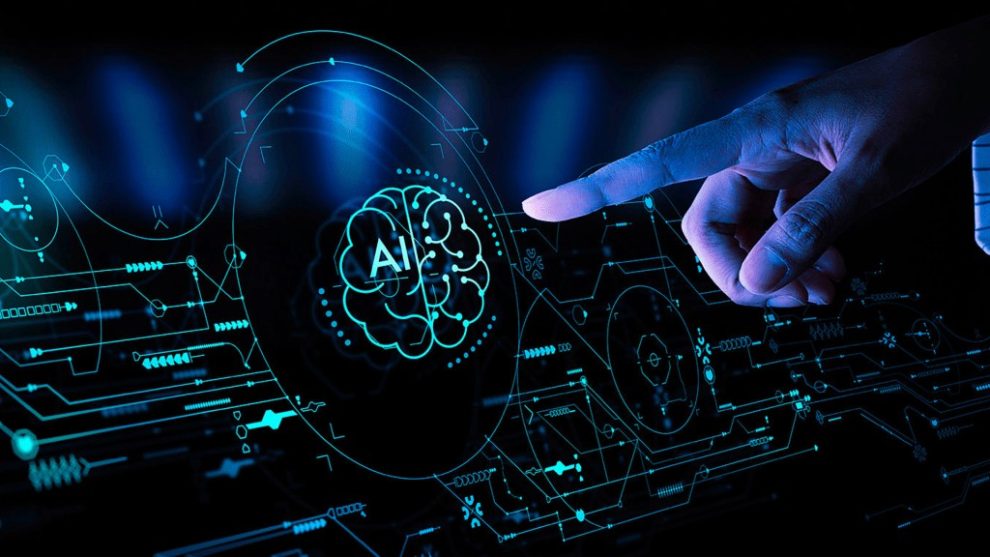The rise of artificial intelligence (AI) has revolutionized various aspects of our lives, including cybersecurity. While AI offers powerful tools for threat detection and mitigation, its potential to discover and even exploit vulnerabilities in complex cyber-physical systems (CPS) raises critical policy considerations. This blog delves into the complexities surrounding AI-discovered exploits and the unique challenges they pose to safeguarding critical infrastructure.
Understanding Cyber-Physical Systems (CPS)
CPS are intricate integrations of physical components and computational resources [1]. Examples include:
- Power grids: Managing electricity generation, transmission, and distribution.
- Transportation systems: Operating traffic lights, autonomous vehicles, and air traffic control systems.
- Industrial control systems (ICS): Regulating manufacturing processes and critical infrastructure like water treatment plants.
The interconnectedness within CPS, where software controls critical physical operations, introduces unique vulnerabilities compared to traditional IT systems. Exploiting these vulnerabilities can have catastrophic consequences, ranging from power outages and transportation disruptions to environmental damage and loss of human life.
AI-Driven Vulnerability Discovery
AI algorithms are increasingly employed to analyze vast datasets, identify patterns, and predict events. This has led to advancements in:
- Automated vulnerability scanning: AI can efficiently identify known vulnerabilities in system configurations and software code.
- Threat detection and prediction: AI models can analyze network traffic and system logs to detect anomalies and predict potential cyberattacks.
- Zero-day exploit discovery: AI-powered tools can potentially discover previously unknown vulnerabilities by analyzing system behavior and identifying deviations from expected patterns.
While AI-assisted discovery of vulnerabilities can be incredibly beneficial in strengthening cybersecurity, it also presents significant concerns:
1. Malicious Exploitation
There is a risk that malicious actors could repurpose AI-discovered exploits for cyberattacks. This raises concerns about:
- Weaponization: Terrorist organizations or state actors could develop offensive capabilities based on AI-discovered vulnerabilities.
- Black markets: The knowledge of these exploits could be sold on the dark web, enabling criminals to launch sophisticated attacks.
2. Ethical Dilemmas
The ethical implications of using AI for offensive purposes are complex. Should researchers be allowed to discover vulnerabilities without disclosing them to the system developer? What safeguards are needed to prevent the misuse of AI-powered exploit knowledge?
3. Unintended Consequences
Even with non-malicious intentions, AI-driven vulnerability discovery can have unintended consequences:
- False positives: AI algorithms may misinterpret harmless system behavior as vulnerabilities, leading to unnecessary patching and disruptions.
- Increased vulnerability awareness: Disclosing even non-exploitable vulnerabilities to the public could inadvertently make them targets for attackers seeking unique entry points.

Policy Considerations for a Secure Future
Addressing the challenges surrounding AI-discovered exploits requires a multi-pronged approach:
- International collaboration: Governments and relevant organizations should work together to develop international frameworks for responsible research and development (R&D) of AI for cybersecurity purposes.
- Transparency and communication: Clear guidelines and reporting protocols should be established for disclosing vulnerabilities discovered by AI, fostering transparency and collaboration between researchers, developers, and security agencies.
- Investment in secure coding practices: Developers should prioritize secure coding practices and invest in tools and training to minimize the introduction of vulnerabilities in the first place.
- Focus on defense-in-depth: Implementing a layered security approach, including detection, prevention, and mitigation strategies, is crucial for mitigating the risks associated with AI-discovered vulnerabilities.
Conclusion
AI possesses immense potential in securing our ever-growing reliance on cyber-physical systems. However, its potential for discovering and exploiting vulnerabilities necessitates careful consideration. Addressing these policy challenges through collaborative efforts at various levels is crucial to ensure that AI remains a force for good in the ever-evolving cybersecurity landscape.
Further Exploration
This blog serves as a starting point for exploring the intricate relationship between AI and cyber-physical vulnerabilities. We encourage readers to delve deeper into this topic by exploring:
- The research landscape surrounding AI-assisted vulnerability discovery.
- Existing regulations and frameworks governing AI development and deployment in cybersecurity contexts.
- Ongoing discussions and debates about the ethical considerations of using AI for offensive purposes.
By fostering ongoing dialogue and collaboration, we can harness the power of AI for securing our interconnected world, ensuring it serves as a shield, not a sword, for our future.
















Add Comment